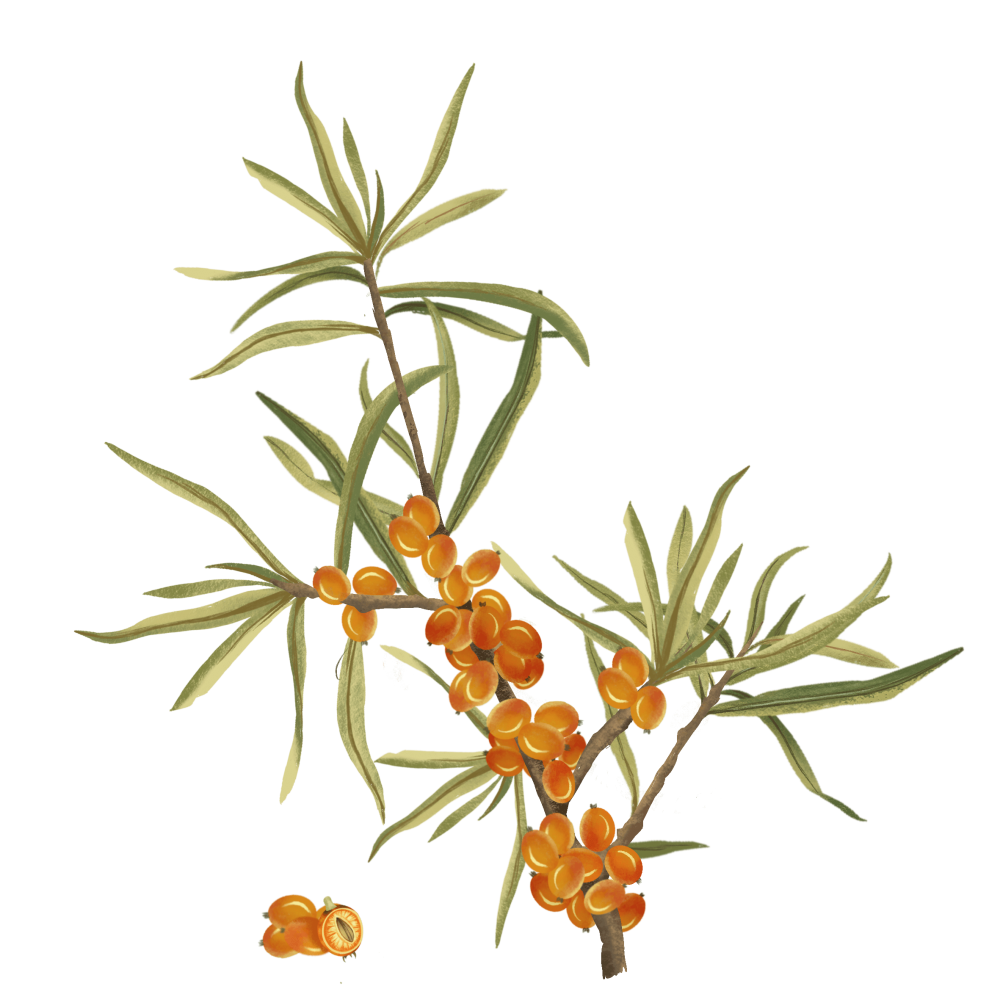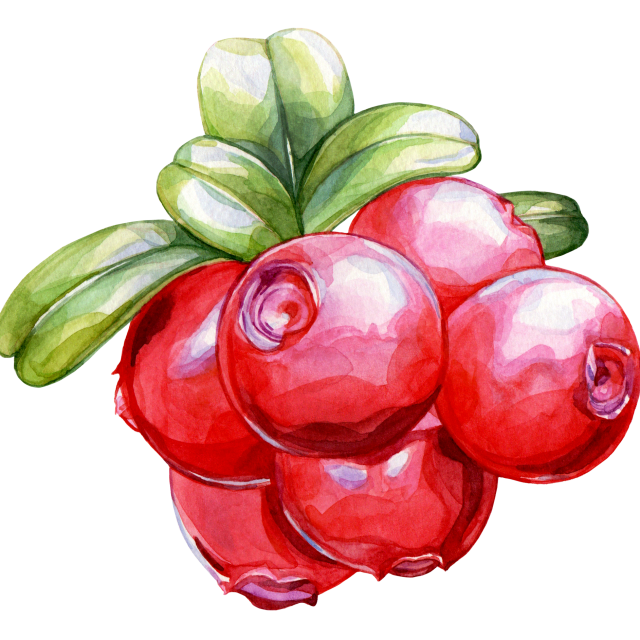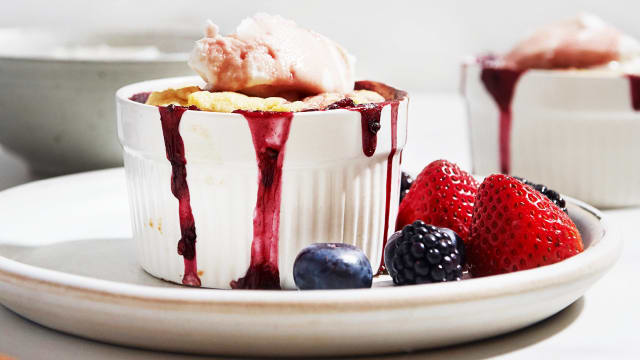Sea Buckthorn

Latin name: Hippophae rhamnoides
Uses: fruit, beverage, medicine
What is sea buckthorn?
Sea buckthorn is a hardy, thorny shrub that produces small bright orange berries. In the Himalayan region, sea buckthorn is called a “wonder berry” because it packs a ton of nutrients, despite growing in a harsh climate and poor soil conditions. The frost brings out the best in these tiny, flaming orange berries, bletting them into soft, juicier fruits. Sea buckthorn shrubs have a remarkable lifespan of 100-150 years, and all parts of the plant are used. The thorny branches are handy for building fences and firewood, the roots are used medicinally, and the leaves are a favorite of cattle pastured at higher altitudes.
Why is sea buckthorn healthy?
Sea buckthorn berries have 12 times more vitamin C than oranges, and are an important source of the immunity-boosting vitamin for people living in cold regions. The fruits are also a storehouse of anti-aging vitamin A, E, and certain B vitamins. The berries also contain 18 of the standard 22 amino acids, and are rich in minerals, including potassium, iron, magnesium, copper, zinc, calcium, and nitrogen. Oil from sea buckthorn seeds is perhaps the only known plant food to provide all four omega fatty acids. Due to its dense nutrient profile, sea buckthorn is used in many traditional medicinal applications, including treatment heart ailments, cancer, and brain disorders.
What does sea buckthorn taste like?
Fresh ripe berries have a taut skin that contains a burst of soft and juicy flesh. They have a sharp, tart taste with a hint of sweetness: think citrus and tropical fruity notes jiving together.
How do I use sea buckthorn?
Enjoy these berries plucked freshly off a shrub or pressed for fresh juice — if it grows where you live. Processed sea buckthorn products such as dried berries, squash, powders, or tea (dried sea buckthorn berries and leaves) are easier to find. They are a great flavoring options for drinks, desserts, and even ice creams. In Leh, India, sea buckthorn syrup and jams are sold in grocery stores and are popular souvenirs. Dry berries make a lovely addition to granola, trail mixes, or tea cakes.
What does sea buckthorn pair well with?
Pair the berries with anything that enjoys a pop of fruity acidity.
Where does sea buckthorn grow?
Native to China, sea buckthorn is a nitrogen-fixing deciduous shrub that can resist sub-zero temperatures. It thrives in the cold-temperate regions of Asia and Europe. Sea buckthorn has also been introduced in Canada, Japan, and South Korea for its medicinal properties. Sea buckthorn berries have an exceptionally large lipid content, because of which the freezing point of unfiltered juice can be as low as -18.5 °C (-1.3 °F). This means the fruit juice can maintain liquid form even in sub-zero temperatures.
How to buy sea buckthorn:
If you can find them fresh, look for bright berries with no mold. Dried berries and jams can be found in specialty stores and online.
Fun sea buckthorn fact:
In ancient Greece, the shrub’s leaves were fed to racehorses to promote a shiny coat and muscular bodies. That’s how it got one half of its binomial name Hippophae, which in Greek means “horse shine”. According to another legend, sea buckthorn leaves were among the preferred foods of Pegasus, the mythological flying horse.




